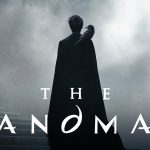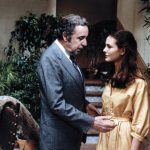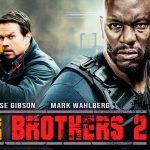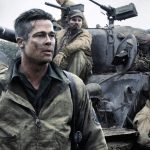Backcountry (2014)
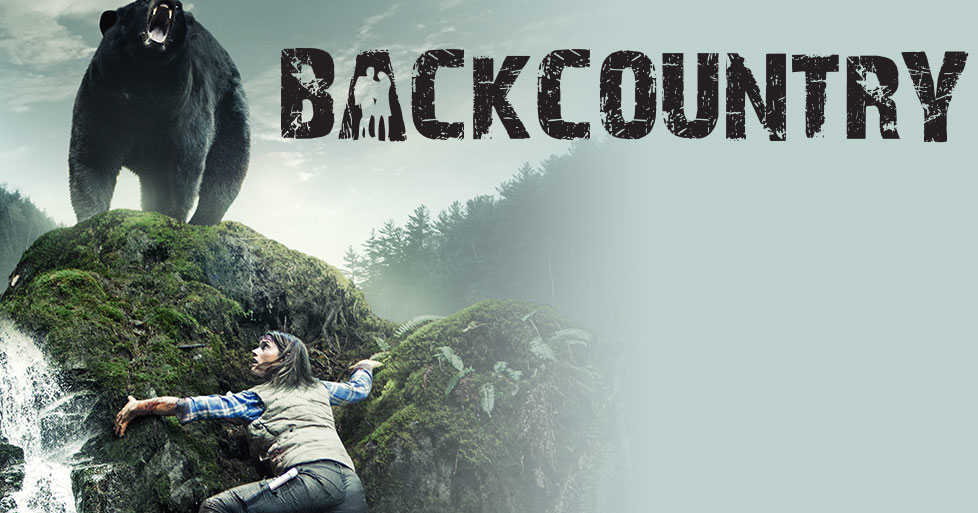
“Backcountry,” released in 2014, is a Canadian survival horror film that marks the directorial debut of Adam MacDonald, who also wrote the screenplay. Set against the breathtaking yet treacherous backdrop of the Canadian wilderness, the film explores themes of survival, nature’s unpredictability, and the darkness that can lurk within it.
The story follows a couple, Jenn and Alex, played by Missy Peregrym and Jeff Roop, as they embark on a camping trip to a remote area of a national park. Their intention is to enjoy the tranquility of nature and strengthen their relationship. However, their adventure takes a terrifying turn when they encounter unexpected dangers in the wild.
From the outset, “Backcountry” skillfully establishes an atmosphere of tension and unease. The film opens with beautiful, sweeping shots of the forest, showcasing nature’s stunning beauty. However, this beauty is juxtaposed with an underlying sense of foreboding, suggesting that the wilderness can be both mesmerizing and menacing. This duality sets the stage for the harrowing experiences that the couple will face.
As they venture deeper into the woods, Jenn and Alex become increasingly aware of their isolation. Their struggles are compounded by a lack of preparation, as they find themselves unprepared for the harsh realities of the wild. The film captures the essence of survival horror by highlighting how quickly the environment can shift from serene to dangerous. Their interactions reveal the strain of their relationship, adding emotional depth to the unfolding horror.
The tension escalates dramatically when they encounter a menacing bear. This encounter is not just a simple wildlife interaction; it becomes a life-or-death struggle that forces the couple to confront their vulnerabilities. The film’s portrayal of the bear is particularly effective, blending realism with a primal sense of fear. The bear serves as a powerful symbol of nature’s raw and untamed power, reminding viewers of the inherent risks of venturing into the wilderness.

What sets “Backcountry” apart from typical horror films is its emphasis on psychological tension. The film expertly builds suspense, often relying on silence and the sounds of nature to create an eerie atmosphere. As the couple navigates their way through the forest, the viewer is drawn into their mounting anxiety and desperation. The film delves into their characters, revealing their fears and insecurities, making the horror they face all the more poignant.

The cinematography plays a crucial role in enhancing the film’s mood. The camera work captures the stark beauty of the forest while simultaneously highlighting its perilous aspects. The use of natural light and shadow creates an immersive experience that draws the audience into the couple’s harrowing journey. The film’s pacing is carefully crafted, balancing moments of calm with sudden bursts of terror, ensuring that viewers remain on the edge of their seats.

Ultimately, “Backcountry” is not just a tale of survival against nature; it is also an exploration of human instincts and relationships under pressure. The couple’s experience forces them to confront their fears, both external and internal. The film concludes with a haunting sense of uncertainty, leaving audiences reflecting on the fragility of life and the relentless power of nature.

In summary, “Backcountry” is a compelling survival horror film that captivates with its combination of stunning visuals, intense character development, and a gripping narrative. Adam MacDonald’s direction successfully blends the beauty of the natural world with the terror that can arise within it, making the film a thought-provoking and chilling experience. As both a horror film and a commentary on the human spirit, “Backcountry” leaves a lasting impression, reminding us of the dangers that lurk beyond the familiar comforts of civilization.







